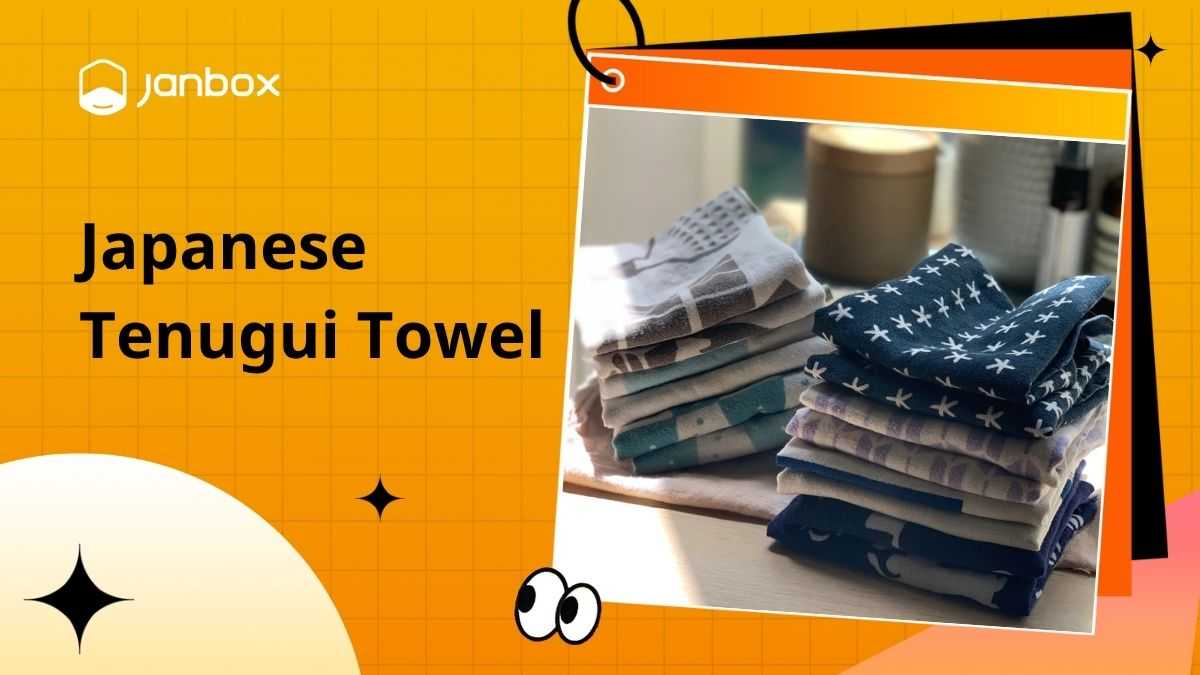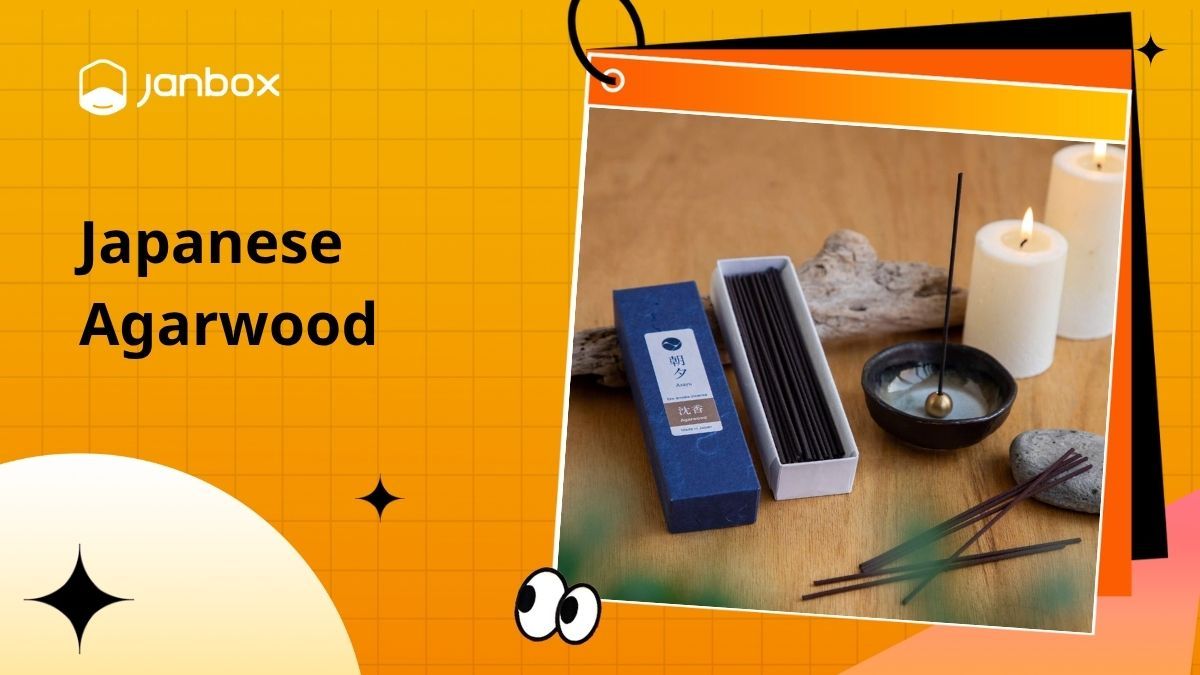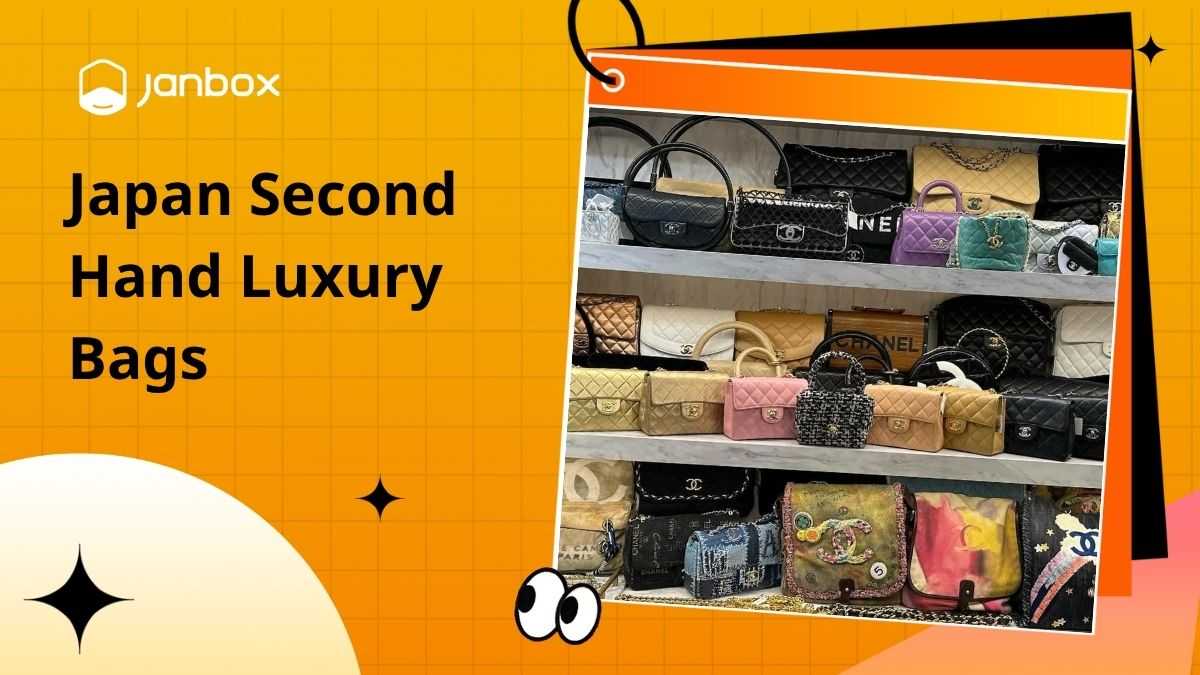Japanese Tenugui stands out as a deceptively simple yet incredibly versatile Japanese hand towel. This thin, flat, rectangular cotton cloth, with its unique characteristics and rich history, offers a fascinating glimpse into Japanese daily life and traditional artistry.
Why is this humble Japanese towel Tenugui gaining popularity worldwide? What makes it inherently different from a regular terrycloth towel? This comprehensive guide will explore the rich history, diverse uses, unique manufacturing characteristics, and artistic appeal of Tenugui, offering deep insights into this quintessential Japanese item.
1. What Are Tenugui? Understanding This Unique Japanese Fabric
1.1. Defining Tenugui
Tenugui (手拭い) is one of Japan’s most unique and versatile cultural items, often simply known as a “Japanese hand towel.” “Tenugui” literally means “cloth for wiping hands” (手 – te is hand, 拭い – nugui is to wipe/clean). This name partially reflects its most basic function. However, over time, it has evolved into a versatile and symbolic Japanese hand towel Tenugui.
Characteristics:
- Material: Typically made from 100% cotton, plain-weave, thin, and very lightweight.
- Size: Rectangular in shape, with a standard size of approximately 35 x 90 cm (about 13.8 x 35.4 inches), although slight variations may exist.
- Unhemmed edges: This is a crucial and unique distinguishing feature of the Tenugui towel. The shorter edges of the cloth are typically not sewn. This design allows the towel to dry much faster and prevents mildew, while also allowing the threads to naturally form an attractive fringe after washing, and then stop fraying.
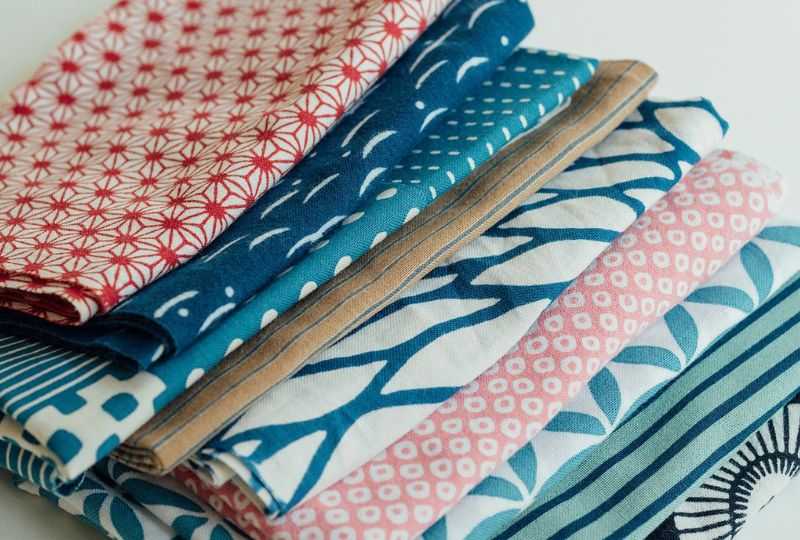
1.2. Tenugui vs. Modern Towels
While both serve drying purposes, the Tenugui hand towel differs significantly from the looped-pile terrycloth towels common in Western households:
- Absorbency & Drying: Due to its thin, flat weave, Tenugui fabric is highly absorbent yet incredibly fast-drying. This rapid drying helps prevent mildew and bacteria buildup, making it exceptionally hygienic. In contrast, terrycloth towels, with their thicker loops, take much longer to dry.
- Versatility: Unlike terrycloth towels primarily designed for drying, Tenugui are crafted for a multitude of uses beyond just absorption, reflecting their historical and cultural role.
- Texture: Tenugui possess a smooth, flat weave, offering a unique tactile experience compared to the plush, looped texture of terrycloth.
- Hygiene: The fast-drying nature of Tenugui Japanese towels is a significant hygienic advantage, especially in humid environments, as it inhibits bacterial growth.
2. A Glimpse into History: The Evolution of the Tenugui
The Tenugui is steeped in centuries of Japanese history, reflecting societal changes and evolving daily needs.
2.1. Ancient Origins to Everyday Essential
The history of Japanese Tenugui is closely intertwined with the development of Japanese life and culture over centuries:
- Ancient and Heian Periods (794-1185): Early forms of Tenugui are believed to have emerged very early on, used in religious rituals for wiping hands or covering the head, carrying a meaning of purification. They were primarily rough fabrics and did not yet feature complex decorative patterns.
- Edo Period (1603-1868): This was the period when Tenugui truly became widespread in the daily lives of common people. Advances in dyeing and printing techniques (especially chusen dyeing) allowed for the creation of diverse and vibrant patterns on the cloth, transforming Tenugui from a mere utilitarian item into a fashion accessory, a medium for conveying messages, and even a form of gift or commemorative item. People used Tenugui in every aspect of daily life: from labor and bathing to festivals.
- Meiji Period (1868-1912) and later: Although the introduction of thick terrycloth towels from the West during this period caused Tenugui to lose some of its prominence as the primary “bath towel,” its cultural value and versatility were maintained. Tenugui transformed into an artistic and symbolic item, cherished by those who appreciate traditional Japanese culture.
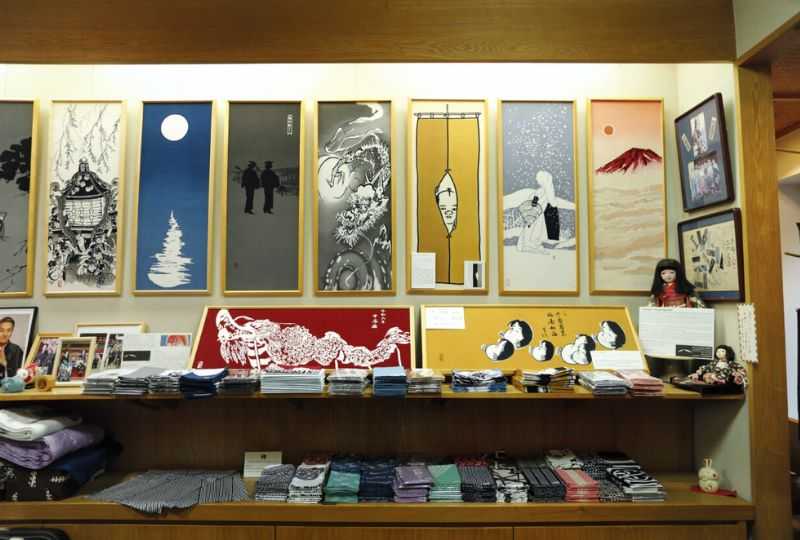
2.2 Cultural Significance and Traditional Uses
Beyond its physical utility, Tenugui carries deep cultural significance and symbolic value:
- “Omotenashi” Spirit: The way Tenugui is used in rituals or as a versatile item, always ready to serve and please, reflects a part of the Japanese spirit of hospitality, “Omotenashi.”
- Symbol of Artistry and Craftsmanship: Each Japanese Tenugui is often hand-dyed using traditional techniques like chusen (注染), which allows the dye to penetrate completely through both sides of the fabric, creating vibrant and non-fading patterns. The motifs on Tenugui are often traditional Japanese designs (e.g., seigaiha waves, asanoha hemp leaves, sakura cherry blossoms, kiku chrysanthemums), each pattern carrying its own meaning of good luck, longevity, health, or prosperity.
- Connection to Nature and Seasons: Many Tenugui patterns reflect the beauty of Japan’s four distinct seasons, serving as a way for the Japanese people to express their appreciation for nature and the beauty of change.
- Heritage and Personalization: As a traditional item, Tenugui also embodies a connection to cultural heritage. Artisans and Tenugui brands often have exclusive designs, transforming each cloth into a personalized work of art.
>>> Read more: A Comprehensive Guide To Furoshiki: Japan’s Fabric Wrapping Art
3. The Art of Tenugui: Designs and Craftsmanship
The beauty of Tenugui lies not only in its utility but also in its intricate designs and the artisanal techniques used to create them.
3.1 Traditional Dyeing Techniques
- Chusen (注染): This is a highly skilled, traditional hand-dyeing method unique to Japanese Tenugui fabric. Dye is poured directly onto layers of folded fabric, penetrating completely to create vibrant, reversible patterns. This technique prevents the colors from fading or cracking easily over time, ensuring the longevity of the design.
- Nassen (捺染): A modern stencil printing method, often used for more intricate designs or higher volume production.
- Yuzen (友禅): A traditional resist dyeing technique, sometimes used for particularly intricate and luxurious Tenugui designs, though more commonly associated with kimono.
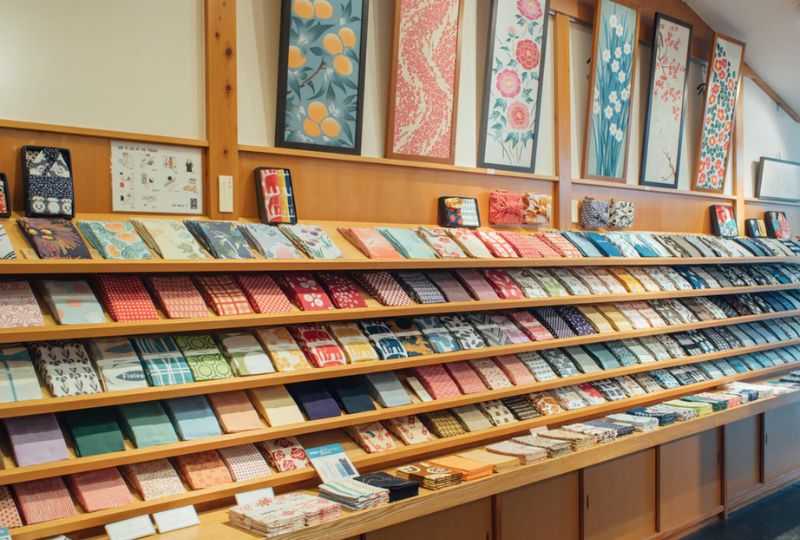
3.2. Common Motifs
- Nature: Many designs draw inspiration from nature, featuring elements like cherry blossoms (sakura – symbolizing fleeting beauty), crashing waves (seigaiha – symbolizing good fortune and resilience), bamboo (strength and flexibility), and koi fish (perseverance).
- Traditional Patterns: Geometric patterns like Shippo (representing seven treasures and eternal harmony) or Asanoha (hemp leaf, symbolizing growth and health, especially for children) are also very popular.
- Seasonal Designs: Tenugui motifs often reflect the beauty of Japan’s four distinct seasons, featuring designs appropriate for spring, summer, autumn, and winter.
The production of traditional Tenugui involves immense skill and patience from dedicated artisans. Their meticulous attention to detail ensures the high quality and artistic integrity of each piece.
4. Versatile Uses of Tenugui
The true charm of Tenugui lies in its incredible versatility. It’s designed to be used in countless practical and creative ways, far exceeding the function of a typical towel.
4.1. Personal & Household Uses
- Everyday Towel: Excellent as a hand towel, dishcloth, or washcloth due to its high absorbency and rapid drying properties, making it very hygienic.
- Head Covering: Used as a headband (hachimaki) for work, sports, or festivals to absorb sweat or protect from the sun.
- Face Mask: Traditionally used to cover the mouth and nose.
- Fashion Accessory: Can be worn as a lightweight scarf, bandanna, or even a unique hair tie.
- Travel Companion: Its lightweight and fast-drying nature makes it an ideal travel towel or compact washcloth for adventurers.
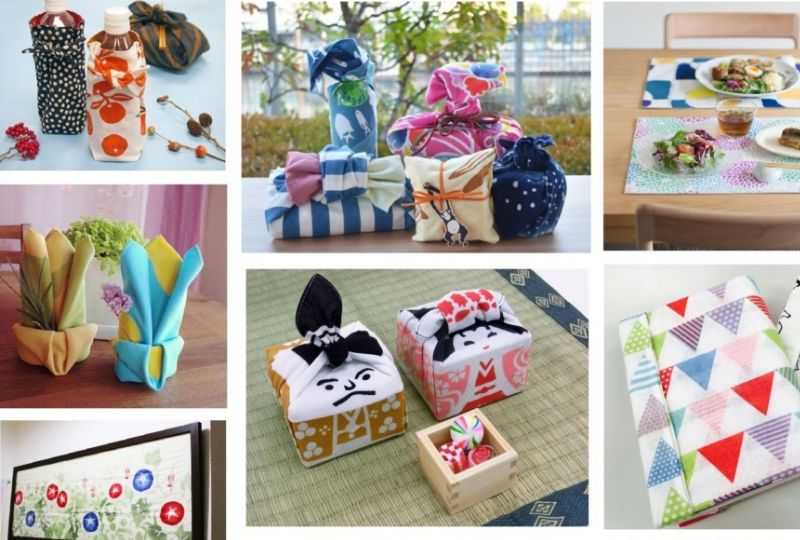
4.2. Decorative & Gift-Wrapping Applications
- Artistic Display: Many beautiful designs are perfect for hanging on a wall as framed art or used as a unique table runner or placemat, adding a touch of Japanese aesthetics to any space.
- Eco-Friendly Wrapping: Used ingeniously as a reusable and eco-friendly alternative to paper for wrapping bottles, gifts, or even small bentos (furoshiki-style).
4.3. Creative and Practical Solutions
- Cooling Cloth: When wet and placed on the neck or forehead, it provides a refreshing cooling effect in hot weather.
- Cleaning Rag: Durable and absorbent, it can serve as an effective dust cloth or general cleaning rag.
- Makeshift Solution: Its strong yet flexible nature makes it useful as a makeshift sling, bandage, or even a small bag in a pinch.
>>> Read more: Best Japanese Proxy Service: Unlock Japanese Shopping with Janbox
5. Caring for Your Tenugui & Where to Buy
Proper care ensures the longevity and beauty of your Tenugui, while knowing where to purchase guarantees authenticity.
5.1 Washing and Care Tips
The unhemmed edges are designed to “fringe” beautifully after the first few washes and then stop fraying, creating a unique soft edge.
Washing Instructions: Hand wash gently or use a gentle machine cycle with mild detergent. Avoid harsh bleaching, especially for dyed Tenugui, to preserve vibrant colors.
Drying: Hang dry. Its thin fabric ensures it dries incredibly quickly, contributing to its hygiene.
5.2 Where to Purchase Authentic Tenugui Japanese Towels
- In Japan: The most authentic experience is often found directly in specialty Tenugui shops (e.g., Kamawanu, Nijiyura) within the Tohoku region’s hot spring towns, or in dedicated craft sections of major department stores in cities like Tokyo and Kyoto. You can also buy direct from kokeshi artisans (who sometimes sell Tenugui) or local Kokeshi shops (if Tenugui are part of their craft offerings).
- Online Marketplaces: Platforms like Amazon Tenugui (searching specifically for “Tenugui” on Amazon can yield results) offer a wide variety of Tenugui dolls (though this keyword typically refers to Kokeshi, some listings might cross-reference). While convenient, it’s crucial to verify authenticity and craftsmanship from reputable sellers for genuine artisan pieces.
- Specialized Japanese Craft Stores Online: Numerous online stores specialize in Japanese crafts, offering curated selections of Tenugui.
5.3. Utilizing Proxy Shopping Services for Exclusive Designs
For unique, artisan-made, or limited-edition Tenugui Japan designs not readily available through direct international shipping, a proxy shopping service is invaluable. These services allow you to access virtually any item from Japanese domestic online stores and auction sites.
Janbox: A premier solution for international buyers. Janbox is an online proxy shopping and bidding service that allows you to purchase items from virtually any Japanese online store (including specialized craft stores, e-commerce platforms like Rakuten or Amazon Japan that might have exclusive domestic listings, or even auction sites like Yahoo! Auctions Japan) and have them shipped directly to your location worldwide.
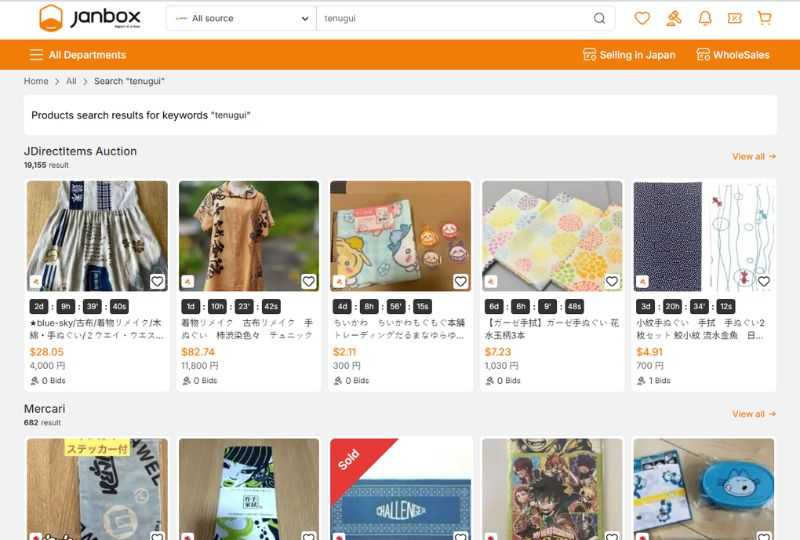
Benefits of Janbox:
- Unrestricted Access: Gain access to thousands of authentic Tenugui varieties, including those exclusive to the domestic Japanese market or from small artisan workshops.
- Consolidation: Combine multiple Tenugui purchases (or other Japanese goods) into one international shipment, significantly optimizing overall shipping costs.
- Seamless Support: Janbox handles the entire complex purchasing and international shipping process, including payment processing, meticulous packaging for delicate items, and necessary customs documentation, simplifying your buying experience considerably.
Conclusion
The Tenugui is a testament to Japan’s profound ability to imbue seemingly simple everyday objects with deep utility, artistic beauty, and cultural significance. Far more than a basic Tenugui towel, this versatile Japanese hand towel Tenugui embodies centuries of craftsmanship, artistic expression, and adaptability. Its fast-drying nature, unique designs, and countless uses make it an essential item in any Japanese household and a fascinating acquisition for enthusiasts worldwide.
Whether you’re drawn to its historical roots, its captivating artistic dyeing techniques, or its sheer practicality as a multi-purpose cloth, exploring the world of Tenugui offers a deeper connection to Japanese culture. With convenient and reliable online services like Janbox, bringing this quintessential piece of Japanese Tenugui fabric into your home, no matter where you are in the world, has never been easier. Embrace the charm and utility of the Tenugui, and discover a new dimension of Japanese tradition.
Website: https://us.janbox.com
Email: [email protected]

